Connecting distant regions: an alternative to aviation by UST Inc.
Air traffic between remote and sparsely populated regions does not bring significant profits, but requires high costs. UST Inc. has developed a disruptive technology – а high-speed transport that can compete with medium-haul aviation. That is exactly what we are going to talk about in our “Efficient Solutions” section.
Can't keep pace with increasing demands
The development of medium-haul aviation requires billions of dollars’ investments and large alienated area for infrastructure. But the most important thing is that such aviation has no alternative. This is relevant primarily for states with a large territory, for example Russia, where the demand for such aircraft today is greater than ever.
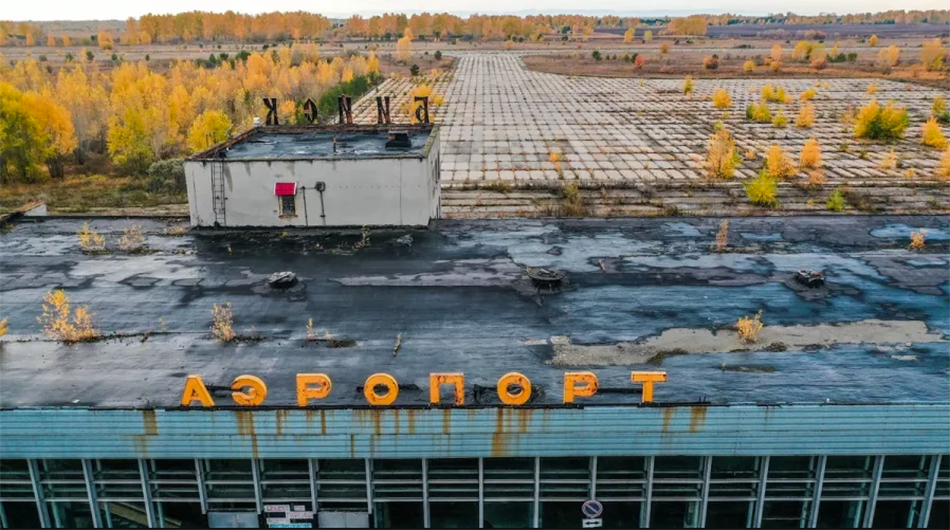
The country’s length from north to south is about 4 thousand kilometers, from west to east – more than 10 thousand kilometers. Millions of people live and tens of thousands of settlements are located in remote and hard-to-reach areas, occupying 60% of the territory. Many of them are cut off by nature from main transport communications almost all year round.
The reality is that the only way to interrupt a geographic isolation is to organize air transportations. However, it is not possible to establish them; moreover, the reverse process occurs. According to Rosaviation data, from 1992 to 2020, the number of airfields and airports decreased fourfold – to 350. The Far Eastern Federal District, which occupies almost half of Russia’s territory – 40.60%, is especially in need of air traffic.
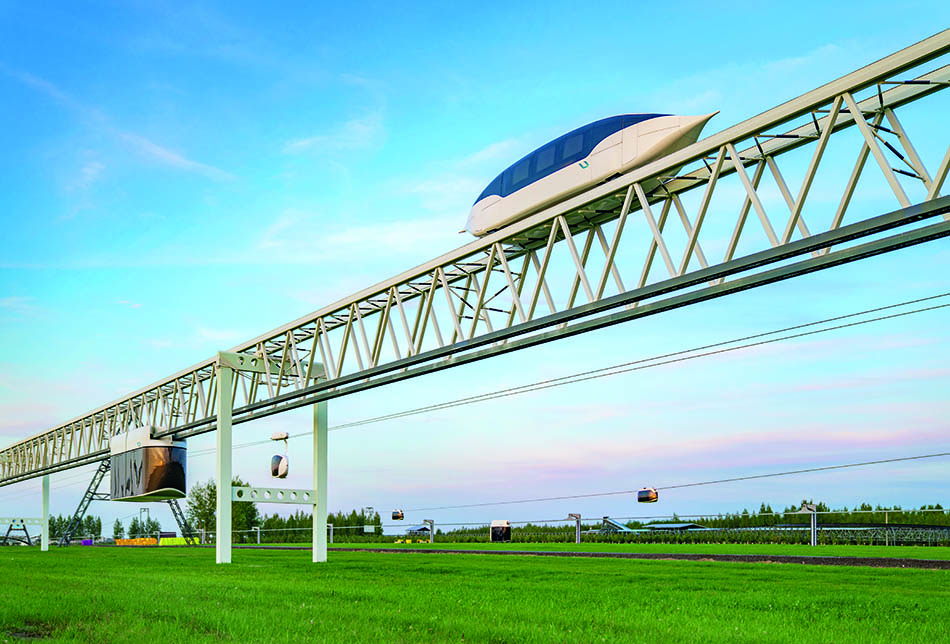
This problem is also acutely felt against the backdrop of a medium-haul aircraft shortage – the aircraft fleet is very outdated, and the commissioning of the new MC-21 aircraft is constantly being postponed. In the current situation, the application of UST Inc.’s technologies could be a solution.
U4-362 uFlash as an alternative
UST Inc.’s high-speed transport is devoid of all the disadvantages contained in aviation and has a number of advantages:
- has a low cost of constructing and maintaining infrastructure compared to that required for aviation;
- reduces travel time, since passengers do not need to get to the airport, go through check-in and other pre- and post-flight procedures;
- operates without noise and vibration, which means residential buildings can be built right next to the complex. This will solve the problem of land scarcity for development in big cities. Residents of houses located near airports will no longer suffer;
- requires small land allocation and does not harm the environment;
- does not require expensive aviation fuel.
The low coefficient of aerodynamic drag (0.06) makes uFlash very cost-effective. When driving at a speed of 500 km/h, fuel consumption will be only 0.93 kg/100 pass∙km. If we convert this into liquid fuel, then over the 25-year service life of a rail electric vehicle, it will be possible to save about 20 thousand tons of fuel worth about $20 million. At the same time, 70 thousand tons of atmospheric oxygen will not be burned and more than 100 thousand tons of pollutants will not be formed.
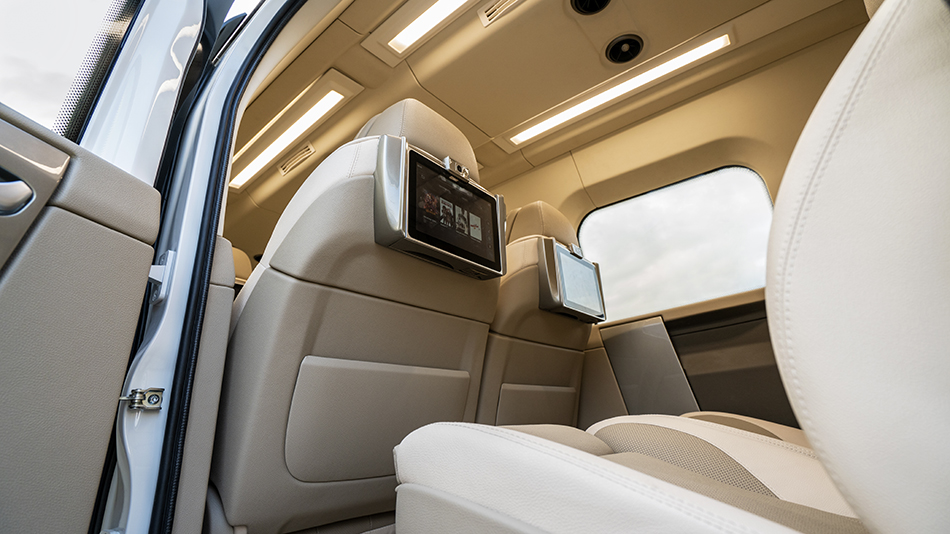
Inside the six-seater uFlash is very comfortable: ergonomic seats are equipped with heating, ventilation, massage, and lumbar support. There is a multimedia system with entertainment content. It also allows to monitor the route in real time, adjust the temperature and lighting. Luggage compartment is provided.
An effective, but most of all, inexpensive solution
Thus, uST complexes can become an effective supplement to existing transport systems. They can solve many logistics problems and significantly improve the peoples’ lives of geographically isolated areas.
The implementation of U4-362 uFlash will have a positive impact on the environment and human health, and will also significantly reduce the cost of transportation between remote regions.
More news
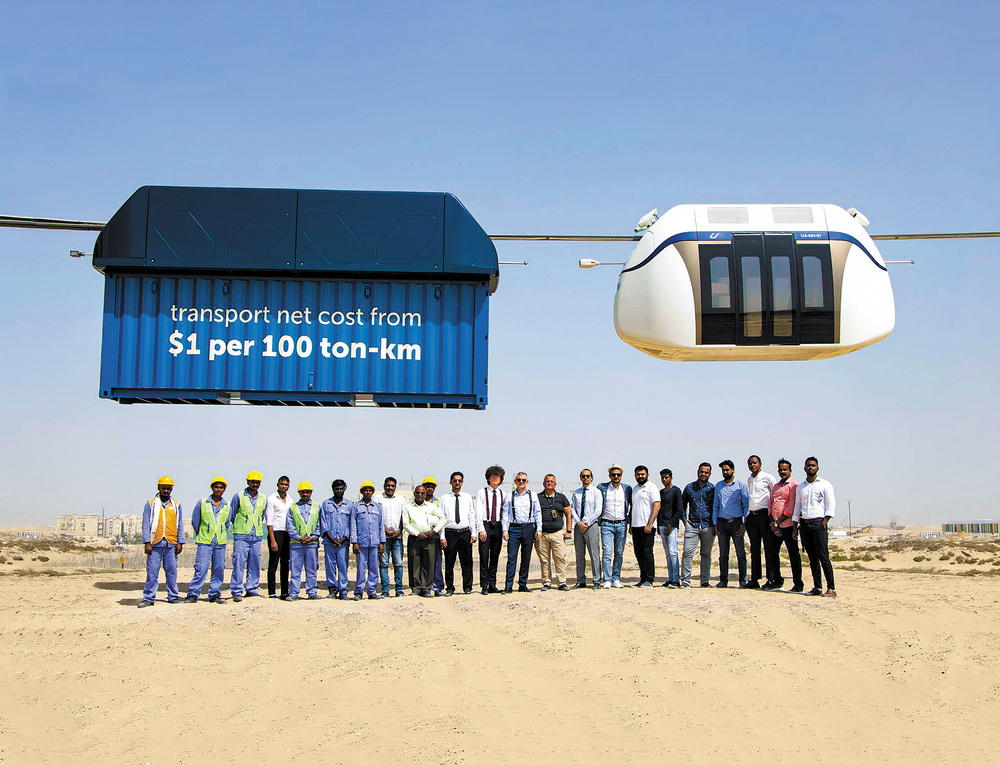
News
2 November 2021
Unitsky Launches Cargo and Passenger Transport Complexes Ahead of a High-Speed Solution in 2025
On October 28, in Sharjah’s uSky Test & Certification Centre (UAE) they announced further development plans for Unitsky String Technologies Inc. (UST) and uSky company, representing the interests of string transport in the MENA region.
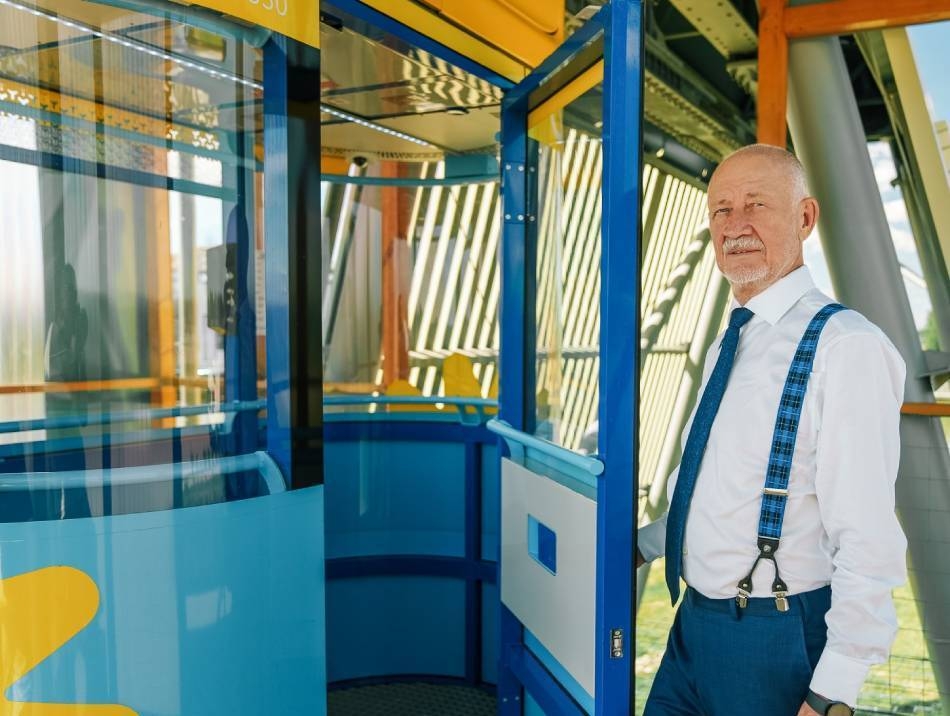
News
11 December 2024
General Designer of UST Inc.: “uST transport and infrastructure technology has reached commercialization”
General Designer of UST Inc. Anatoli Unitsky emphasized the significance of opening the first commercial uST complex.
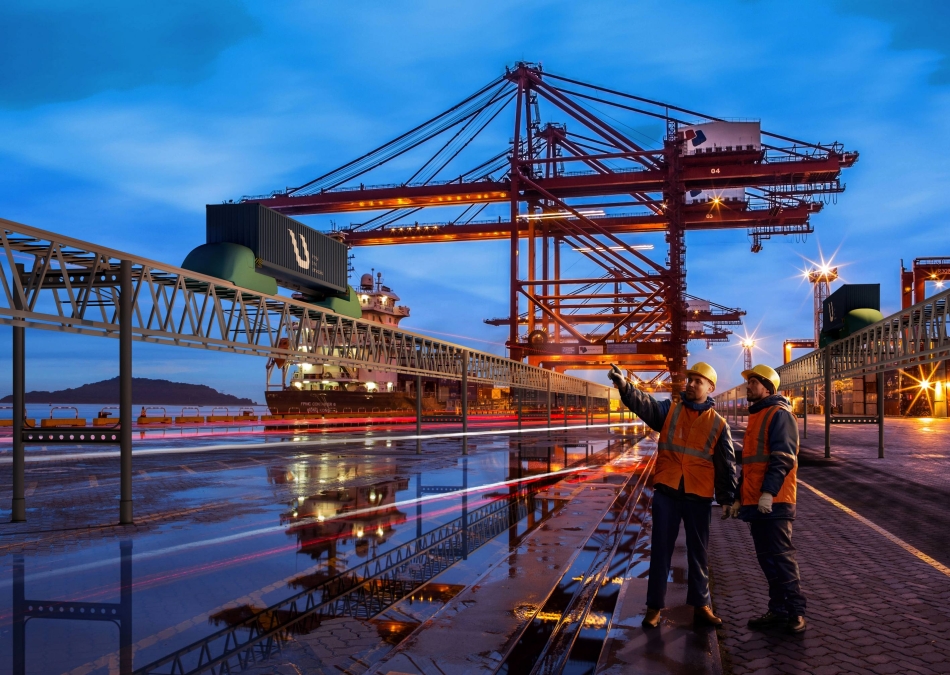
News
22 May 2024
The uST Solution Is Being Considered for Integration With Seaports
DP World is interested in employing the uST Solution in maritime transportation.

